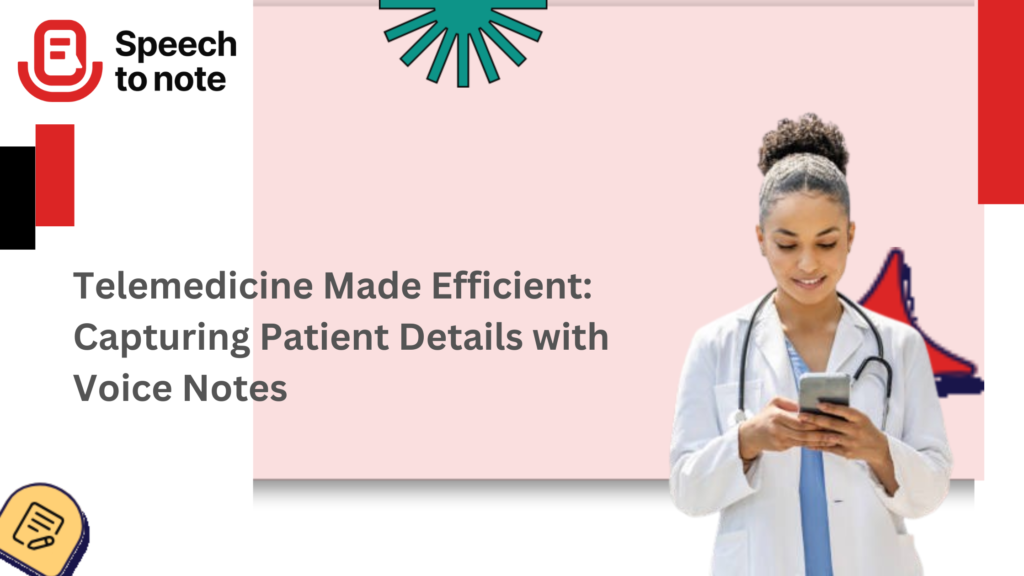
Telemedicine isn’t new anymore, but it still comes with one big problem—documentation. Every doctor knows how it feels to juggle between listening to a patient on a video call and typing notes without missing key details. The result? Half-finished charts, rushed follow-ups, and sometimes, critical data slipping through the cracks.
Why typing just doesn’t cut it anymore
Picture this: You’re on your third virtual consult of the morning. A patient is explaining symptoms in detail, but you’re distracted, fingers flying over the keyboard, trying to keep up. You nod, you listen, but some nuance gets lost in translation. Later, when you revisit the notes, you’re piecing things together like a detective. It’s stressful, and frankly, it’s not the best way to practice medicine.
This is where speech to text tools step in—not as a gimmick, but as a practical fix. Instead of typing, you speak. Instead of fragmented notes, you have full, accurate transcripts. And with the right app, you can tag, organize, and convert those raw notes into structured charts in minutes.
Real-world use: From words to actionable records
Take Dr. Meera, a pediatrician who shifted most of her follow-ups online. She started using notes with voice to record each consult in real time. While the parents talked, she simply tapped record, asked clarifying questions, and kept her attention on them—not the screen. After the call, the app transcribed everything, and she highlighted key points in seconds. No double work, no guessing games later.
If you’ve ever thought, “I’ll just type it out after the call,” you know how that ends. Fatigue hits, memory blurs, and those small but vital details—like how long the cough has lasted or when the medication dosage was changed—get fuzzy. With notes on speech, the information is captured exactly as it’s spoken.
The hidden time-saver nobody talks about
Documentation isn’t just about compliance. It’s about saving your own sanity. According to an AMA study, doctors spend almost two hours on paperwork for every hour of direct patient care. Let that sink in. Voice-driven tools like speak writer flip that ratio on its head. Instead of working late to catch up on records, you’re done the moment the call ends.
And it’s not just for solo practitioners. Clinics with multiple providers can sync transcriptions across devices, making collaboration painless. Imagine a junior doctor picking up where you left off without hunting through scattered files.
Is this reliable enough for serious medicine?
Absolutely, if you pick the right platform. Modern transcription engines hit accuracy levels north of 95%, even with accents or medical jargon. And apps built specifically for healthcare take HIPAA compliance seriously. In other words, you’re not just dumping sensitive information into some random recorder.
If you’re skeptical, watch this demo video. Seeing it in action makes it clear why voice capture isn’t a luxury anymore—it’s becoming standard practice.
So how do you start?
You don’t need to overhaul your entire workflow overnight. Start with one or two consults a day. Use the app during the session, review the transcript after, and see how much faster you close cases. Most doctors notice the difference within a week.
If you’re ready to stop juggling notes and start focusing fully on patients, download the Speech to Note app:
Final thought
Telemedicine works best when doctors aren’t tied up by admin work. Using voice tools for patient documentation isn’t about adding another gadget to your day—it’s about removing a burden. The sooner you stop typing and start speaking, the sooner you’ll reclaim your time and energy.